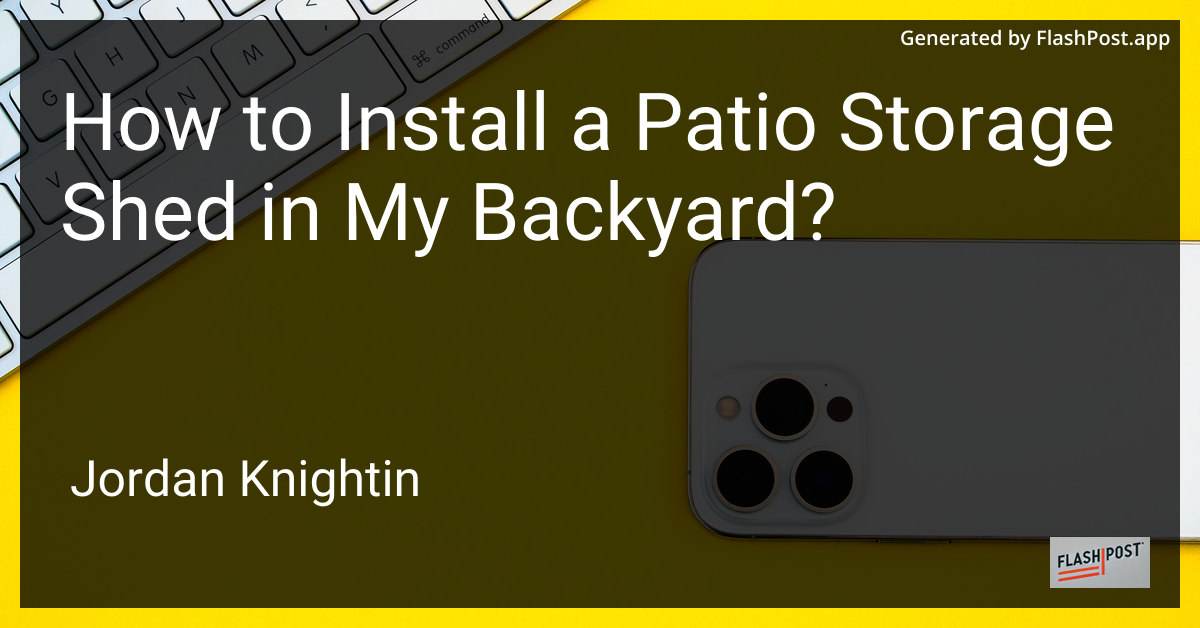

What’s the Lifespan Of Different Patio Storage Materials?
Patio storage options are essential for maintaining a neat and organized outdoor space. Whether you want to store garden tools, cushions, or seasonal decor, choosing the right material for your patio storage is crucial for durability and longevity. Let’s delve into the lifespan and characteristics of various materials commonly used for patio storage.
Wooden Patio Storage
Lifespan: 5-15 Years
Wooden patio storage sheds and boxes offer a classic and timeless look. However, their lifespan greatly depends on the type of wood used and the level of maintenance. Cedar and teak are excellent choices due to their natural resistance to moisture and insects. With regular sealing and varnishing, wooden storage can last anywhere from 5 to 15 years.
- Pros: Aesthetic appeal, natural resistance to decay (certain woods).
- Cons: Requires regular maintenance, susceptible to weather damage.
Metal Patio Storage
Lifespan: 10-30 Years
Metal storage units, particularly those made from steel or aluminum, are praised for their durability and strength. They are resistant to pests and can handle extreme weather conditions better than other materials.
- Pros: Highly durable, resistant to pests, minimal maintenance required.
- Cons: Prone to rust if not properly coated, can get very hot in direct sunlight.
Plastic (Resin) Patio Storage
Lifespan: 5-20 Years
Plastic or resin patio storage options are popular for their lightweight and low-maintenance properties. These storage units resist damage from moisture, insects, and extreme temperatures. High-quality plastic models can last up to two decades.
- Pros: Weather-resistant, lightweight, no rust or corrosion issues.
- Cons: Can warp or crack under extreme temperature changes, less sturdy than metal.
Wicker and Rattan Patio Storage
Lifespan: 5-10 Years
Wicker and rattan storage solutions provide a rustic charm to any patio. While treated wicker can withstand moisture better, it’s generally more susceptible to weather damage compared to other materials.
- Pros: Attractive design, lightweight.
- Cons: Requires regular re-sealing, vulnerable to moisture and UV damage.
Conclusion
Choosing the right patio storage material depends on various factors, including climate, budget, and maintenance willingness. Each material has its strengths and weaknesses, so consider what matters most for your outdoor space. Whether it’s the classic appeal of wood or the robust features of metal, there’s a patio storage solution that meets your needs.
To further enhance your patio experience, explore durable patio umbrellas to protect your furniture or secure some patio privacy screen discounts. Stay ahead of the curve with 2025 patio decor trends as you plan your stylish and functional outdoor space.
Optimized for SEO: Patio storage, outdoor storage materials lifespan, wooden storage longevity, metal storage durability, plastic storage lifespan
